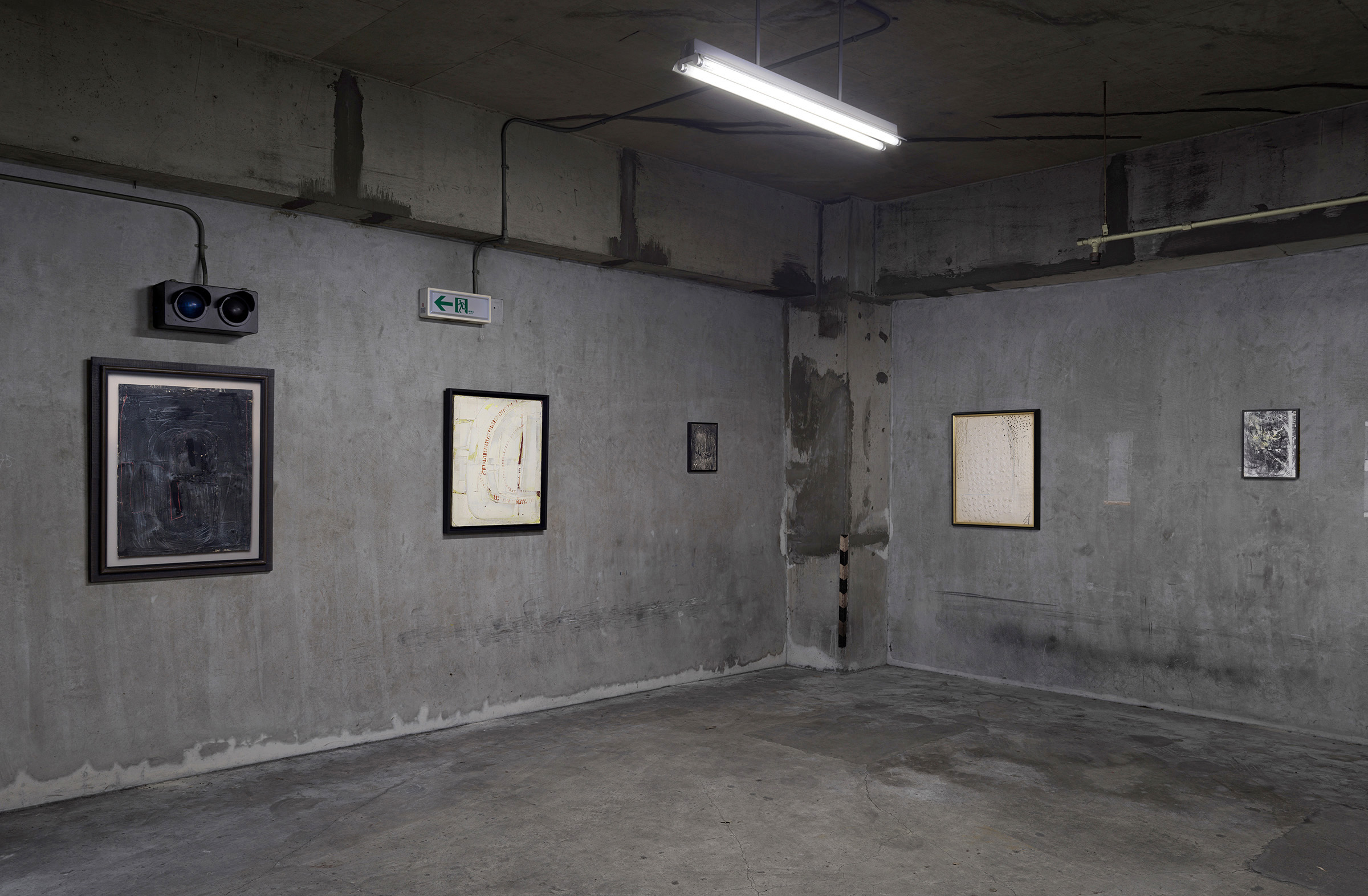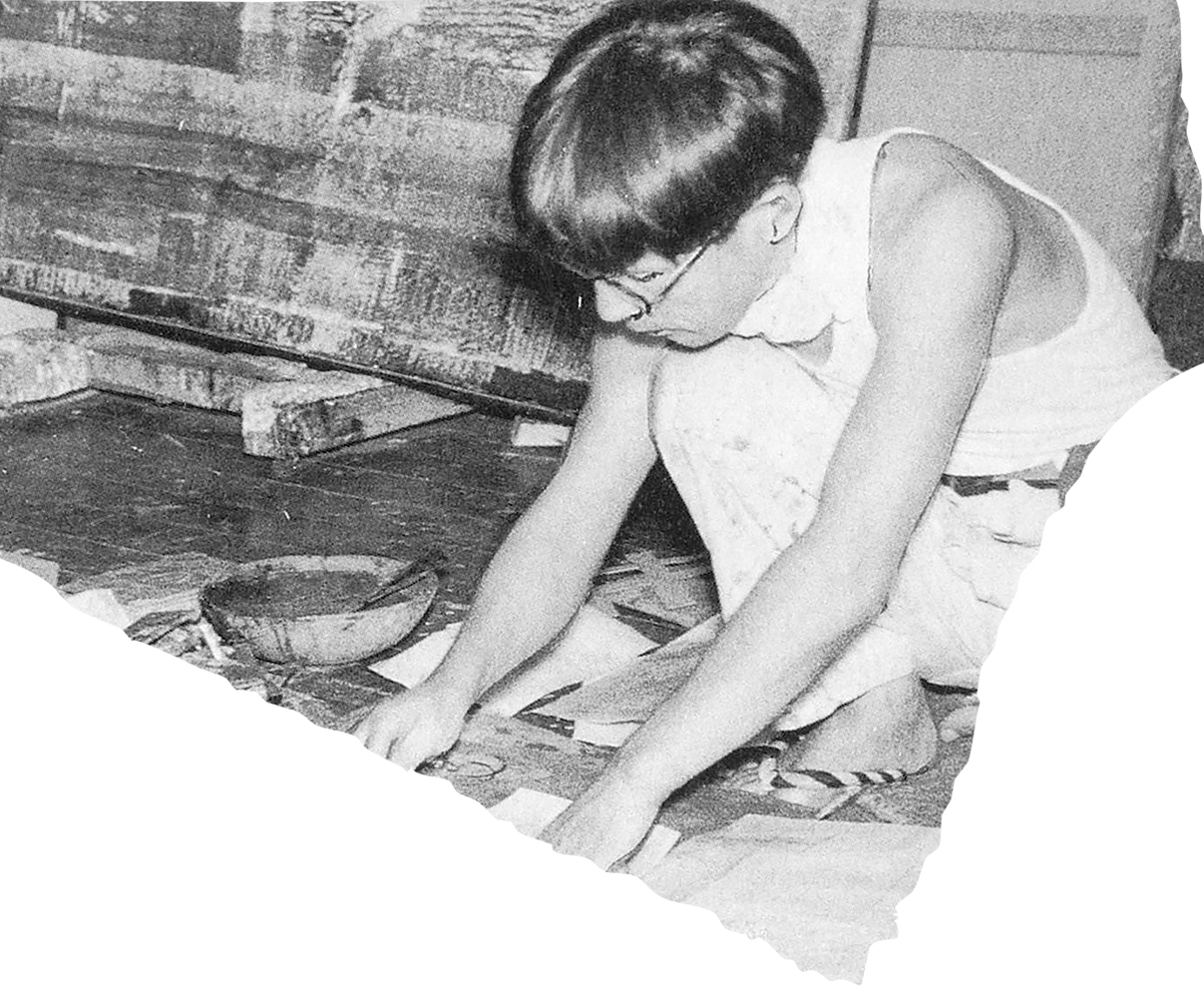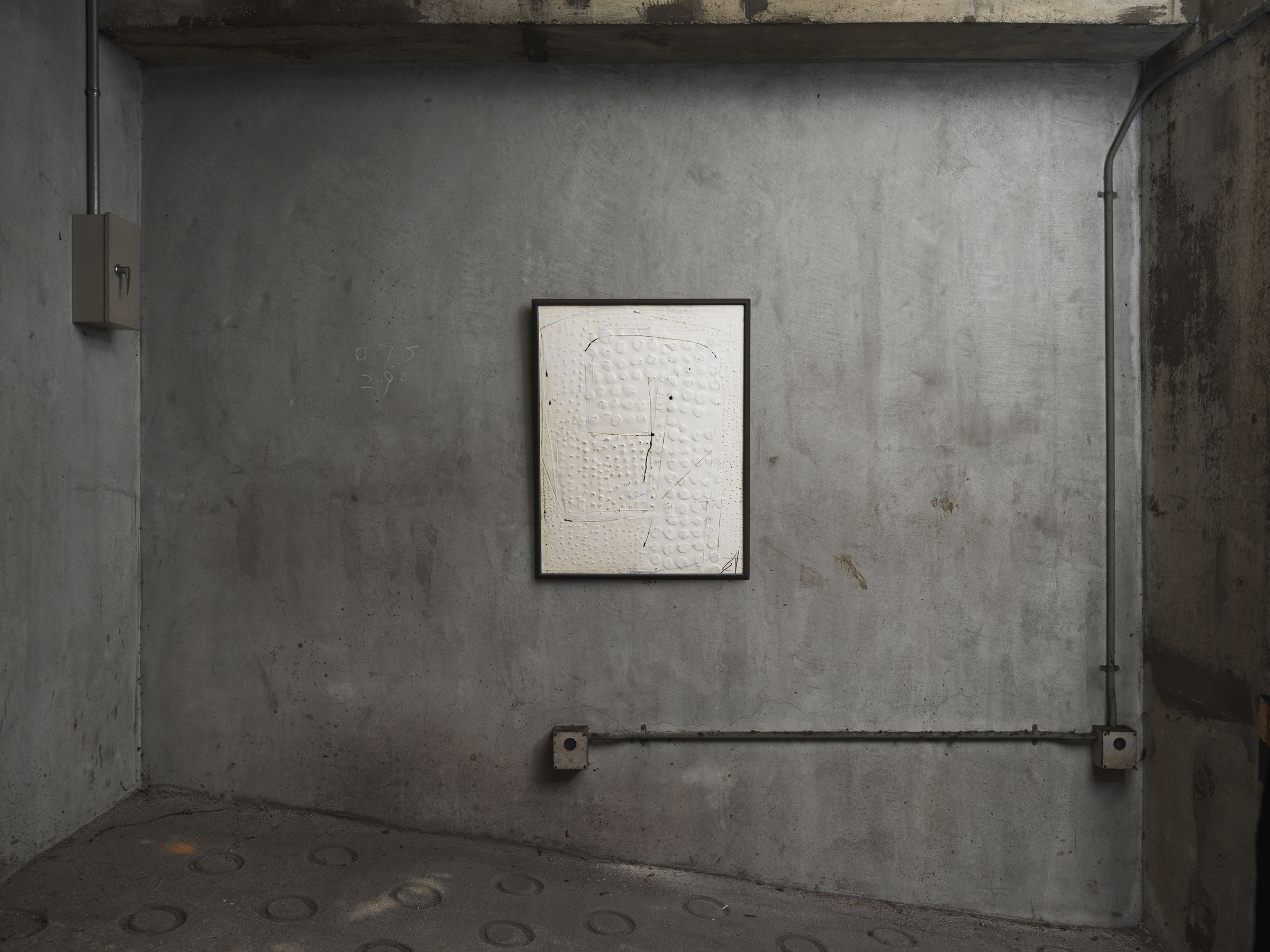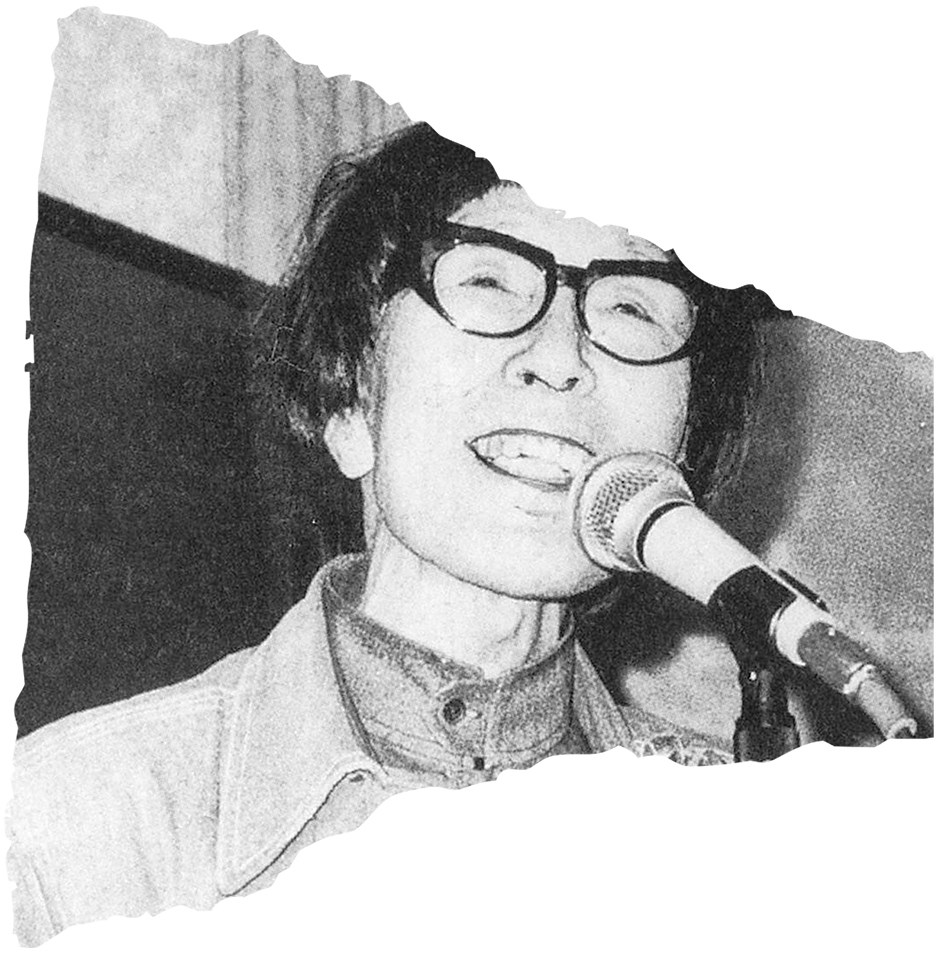
Suda Kokuta: Abstractions
August 23 (Monday)–September 4 (Saturday), 2021
10:00–18:00 Open all days
As this summer is coming to a close, Shibunkaku Online Shop presents an exploration of a realm within imagination: the abstract world of Suda Kokuta (1906–1990). Suda, who garnered steadily growing recognition in Japan and internationally throughout the postwar period, has been a fixture of the
Kansai art scene since his move there in the early 1940s. Well-connected to other artists, including Yoshihara Jirō, Morita Shiryū, Hasegawa Saburō or Tsutaka Waichi, Suda nevertheless was an individualist who went his own way (declining Yoshihara’s offer to join Gutai, for instance).
This exhibition centers on Suda’s abstract works, an approach that the painter engaged in from around 1948/9 to the late 1970s. The dated works in this exhibition range from 1959 to 1965, and seems likely that most, though perhaps not all, of the featured works stem from during or around the 1960s. Suda’s abstractions are not easy to categorize but it is telling that in many, if not most, of them he goes against the notion of painting as a flat projection space. Rather, that flatness needs to be challenged, which Suda does by either applying his materials in thick impasto layers, or adding objects such as pebbles or small stones to create three-dimensional surfaces.
Another technique he employs to great effect is embossing: objects are pressed against the paper ground, often from the back, resulting in round or rectangular impressions and bulges that Suda arranges into intricate patterns, sometimes even pinching holes into the paper (again, often from the back so that the torn paper projects towards the viewer). Suda exploits the particularities of the material, as in the case of paper which lends itself to perforation or deformation. The three-dimensional aspect is also used with oil colors that allow for layers that can be built up or scraped off again, or for the integration of unusual materials. In his abstract works, Suda thus created not so much paintings but things—vaguely three-dimensional objects that neither represent a reflection of the outside world, nor the image of the artist’s inner being, but objects that add to the world in their own right—in being nothing but themselves.
Shibunkaku Co., Ltd.
Works
Chronology

1906
Born in Fukiage, Kitaadachi (Saitama Prefecture; present-day Kōnosu city).
1927
Applies unsuccessfully to the Tokyo Fine Arts School (he is rejected three more times).
1934
With the support of the painter Terauchi Manjirō, Suda becomes affiliated with the Kōfūkai art association. He attains full membership in 1940.
1935
His works are selected for the Second Section group, but Suda is deeply troubled by the suicide of a friend whose work was rejected.
1936
Suda participates for the first time in the Bunten exhibition. He continues to exhibit at Bunten and its successor exhibitions every year for the next ten years.
1941
Suda relocates to Kansai.
1946
Co-founds the Shinjukai group together with members of the Kōfūkai.
1948
Via introduction by Sugimoto Kenkichi, Suda joins the Tensekikai art group.
1949
Suda meets Hasegawa Saburō at the Tensekikai. Afterwards, Suda begins to concentrate on abstraction.
1950
Moves to Nishinomiya (Kobe).
1952
With Yoshihara Jirō, Tsutaka Waichi, Morita Shiryū and others, Suda participates in founding Genbi (Contemporary Art Discussion Group).
1955
With Yoshihara, Tsutaka and Yagi Kazuo, Suda co-founds the Kansai section of the International Art Club.
1967
Suda is appointed a professor at Kōshien Junior College (Nishinomiya), a position he holds until his death.
1970
Suda provides the illustrations for Shiba Ryōtarō’s On the Highways (Kaidō o yuku; published as a serial in Asahi Weekly). For material, Shiba and Suda visit places all over Japan and travel to Mongolia, China and Europe.
1981
The Original Art: On the Highways is published.
1984
Publishes a self-selected anthology of gouaches, My Mandala: Suda Kokuta’s World, and a collection of his essays, My Creative Work: Contemporary Art.
1990
Passes away at the age of 84.

Installation view: Abstraction (cat. no. 34), Mineral colors and pastel on paper, 79 x 60 cm. 1964.
Selected Exhibitions
1936
Submits Time of Rest to the Bunten exhibition.
1939
Reading Man earns a special mention at the 3rd New Bunten.
1947
Special mention for Pink Turban at the 3rd Nitten exhibition.
1955
Participates in the Japan America Abstract Arts exhibition at the National Museum of Modern Art, Tokyo.
1957
Submits three works to the 4th São Paulo Art Biennial, including Dissonant Noise.
1960
Solo exhibition at Forum Gallery, Osaka.
1961
Shows Metaphysical Reality at the Pittsburgh International Exhibition of Contemporary Painting and Sculpture.
1963
Participates in the Trends in Contemporary Art: Japan and the West exhibition at the Kyoto branch of the National Museum of Modern Art.
1964
Solo exhibition at Gallery Beni, Kyoto.
1970
Solo exhibition at the Hankyū Department Store in Osaka, centering on abstract works.
1975
Group exhibition at the Hyōgo Prefectural Museum of Modern Art, Four Abstract Artists: Suda Kokuta, Tsutaka Waichi, Motonaga Sadamasa, Shiraga Kazuo.
1977
Solo exhibition at the Mitsukoshi Department Store in Nihonbashi (Tokyo). Around this time, Suda returns to figurative art, which he will pursue for the rest of his life.
1983
Participates in a contemporary calligraphy exhibition at Gallery Haku (Osaka). Other artists include Saitō Shinjō, Tsutaka Waichi and Motonaga Sadamasa.
1987
Participates in the Literati Calligraphy exhibition at the Saitama Prefectural Museum of Modern Art.
1989
Group exhibition Five Masters of Ink at the Sōgetsu Museum. Other artists include Nakagawa Yukio, Teshigahara Hiroshi, Tsutaka Waichi and Shimizu Shōsaku.
























